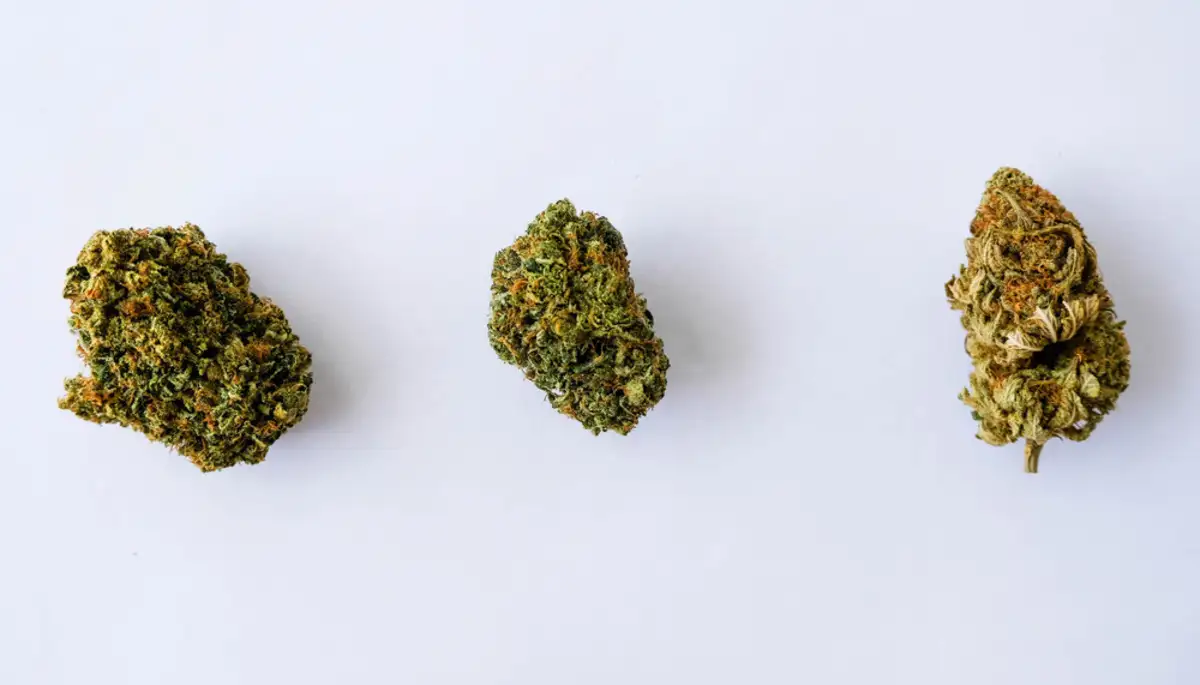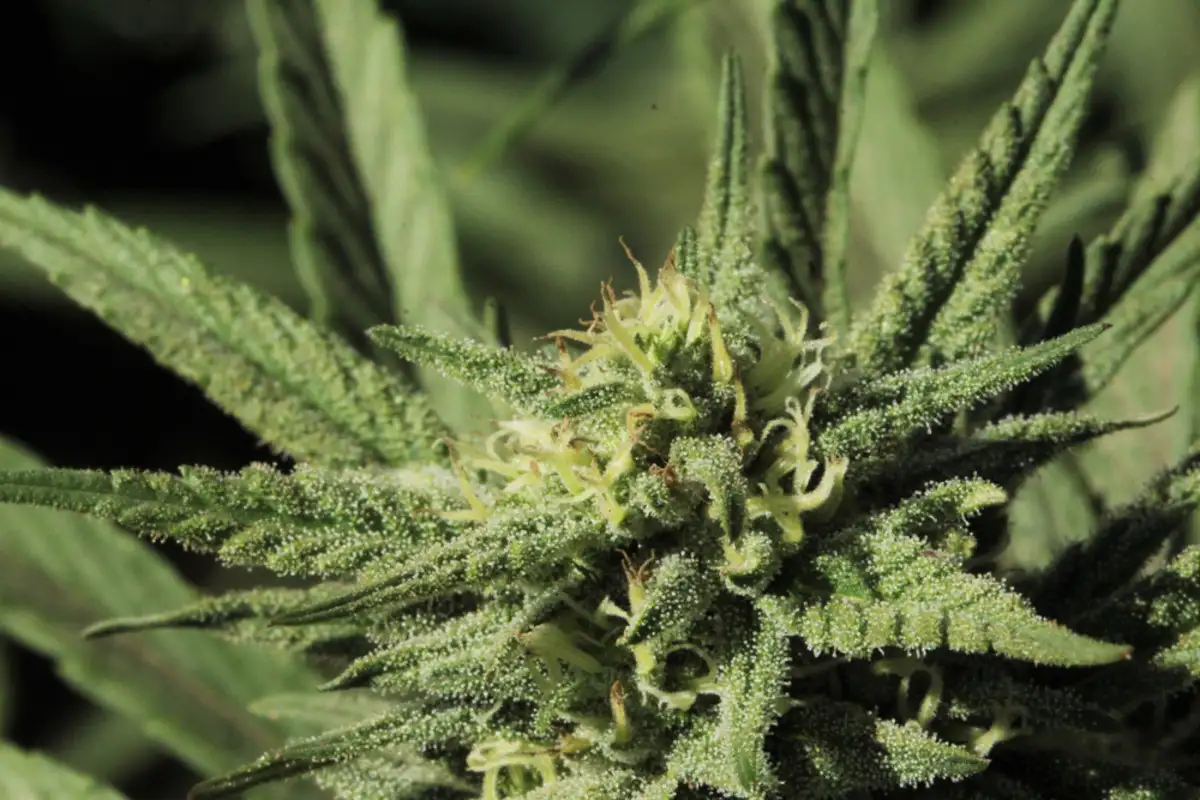Migraines can be debilitating, causing severe pain and disrupting daily life. Traditional treatments may not always provide adequate relief, leading many individuals to seek alternative options. One such option gaining popularity is cannabis. With its potential analgesic and anti-inflammatory properties, cannabis has shown promise in alleviating migraine symptoms. However, not all cannabis strains are created equal when it comes to migraine relief. In this blog post, we will explore the different cannabis strains and their potential benefits for migraines. Whether you’re new to cannabis or a seasoned user, understanding which strain is best for migraines can make a significant difference in finding relief. So, let’s dive in and explore the world of cannabis strains and their potential role in migraine management.
Understanding Migraines: Causes, Symptoms and Traditional Treatments
Migraines are not just regular headaches; they are a complex neurological condition that affects millions of people worldwide. In this section, we will delve into the causes, symptoms, and traditional treatments of migraines to provide a comprehensive understanding of this condition.
Causes of Migraines
Migraines can be triggered by various factors, and understanding these triggers is crucial in managing and preventing migraine attacks. Some common triggers include:
- Hormonal changes: Fluctuations in estrogen levels, particularly in women, can trigger migraines.
- Food and drink: Certain foods and beverages, such as aged cheese, chocolate, alcohol, and caffeine, have been associated with migraines.
- Environmental factors: Bright lights, loud noises, strong smells, and changes in weather conditions can trigger migraines in susceptible individuals.
- Stress and emotional factors: High-stress levels, anxiety, and emotional upheavals can contribute to migraine attacks.
- Sleep disturbances: Lack of sleep or changes in sleep patterns can trigger migraines.
Symptoms of Migraines
Migraine symptoms can vary from person to person, but some common symptoms include:
- Intense headache: Migraines are characterized by throbbing, pulsating pain, often on one side of the head.
- Sensory disturbances: Some individuals experience aura, which can manifest as visual disturbances, tingling sensations, or difficulty speaking.
- Nausea and vomiting: Migraines can be accompanied by gastrointestinal symptoms, including nausea and vomiting.
- Sensitivity to light and sound: Many migraine sufferers become sensitive to light and sound during an attack, seeking a quiet and dark environment.
- Fatigue and weakness: Migraines can leave individuals feeling exhausted and weak even after the pain subsides.
Traditional Treatments for Migraines
Traditional treatments for migraines aim to relieve pain, reduce symptoms, and prevent future attacks. Some commonly prescribed treatments include:
- Over-the-counter pain relievers: Nonsteroidal anti-inflammatory drugs (NSAIDs) such as ibuprofen or aspirin can provide relief for mild to moderate migraines.
- Triptans: These prescription medications help to constrict blood vessels and block pain pathways in the brain, providing relief during a migraine attack.
- Anti-nausea medications: Medications that target nausea and vomiting, such as metoclopramide or prochlorperazine, may be prescribed to alleviate associated symptoms.
- Preventive medications: For individuals with chronic or severe migraines, preventive medications like beta-blockers, antidepressants, or anticonvulsants may be prescribed to reduce the frequency and intensity of migraine attacks.
- Lifestyle modifications: Making changes in lifestyle habits such as managing stress, getting regular exercise, maintaining a consistent sleep schedule, and avoiding trigger foods and beverages can help prevent migraines.
Understanding the causes, symptoms, and traditional treatments of migraines is essential for anyone seeking relief. However, as traditional treatments may not always be effective or well-tolerated, it’s important to explore alternative options such as cannabis strains that may provide additional benefits. In the next section, we will delve into the world of cannabis and its potential role in migraine management.
Introduction to Cannabis: Strains, Cannabinoids and Terpenes
Cannabis, also known as marijuana or weed, is a plant that has been used for centuries for its medicinal and recreational properties. In this section, we will provide an introduction to cannabis, exploring different strains, cannabinoids, and terpenes that play a crucial role in its effects and potential therapeutic benefits.
Differentiating Between Cannabis Strains
Cannabis strains can be broadly categorized into three types: Indica, Sativa, and hybrid. Understanding the characteristics of each strain is essential in determining their potential benefits for migraines.
- Indica Strains: Indica strains are known for their relaxing and sedating effects. They typically have higher levels of cannabinoids such as THC (tetrahydrocannabinol) and lower levels of CBD (cannabidiol). Indica strains are commonly used for pain relief, relaxation, and promoting sleep.
- Sativa Strains: Sativa strains are known for their energizing and uplifting effects. They tend to have higher levels of THC and lower levels of CBD. Sativa strains are often used for enhancing mood, increasing focus, and promoting creativity.
- Hybrid Strains: Hybrid strains are a combination of both Indica and Sativa strains. They offer a balance between the effects of both types and can be tailored to suit specific needs. Hybrid strains can provide a mix of relaxation and energy depending on the specific strain’s composition.
Understanding Cannabinoids
Cannabinoids are the chemical compounds found in cannabis that interact with the body’s endocannabinoid system (ECS), which plays a crucial role in regulating various physiological processes. Two primary cannabinoids found in cannabis are THC and CBD.
- THC (Tetrahydrocannabinol): THC is the psychoactive compound responsible for the euphoric “high” associated with cannabis use. It also possesses analgesic properties that can potentially help alleviate migraine pain.
- CBD (Cannabidiol): CBD is a non-psychoactive compound that has gained significant attention for its potential therapeutic benefits. It has anti-inflammatory, analgesic, and anxiolytic properties, making it a potential candidate for migraine relief without the intoxicating effects.
The Role of Terpenes in Cannabis
Terpenes are aromatic compounds found in cannabis and other plants that contribute to their unique flavors and scents. They also play a role in the overall effects of cannabis strains. Some terpenes commonly found in cannabis include:
- Myrcene: Myrcene is known for its relaxing and sedating effects. It may contribute to the pain-relieving properties of cannabis.
- Limonene: Limonene has uplifting and mood-enhancing effects. It may also possess anti-inflammatory properties.
- Pinene: Pinene is associated with increased alertness and focus. It may also have anti-inflammatory and bronchodilatory effects.
Understanding the different strains, cannabinoids, and terpenes in cannabis is crucial in selecting the most suitable strain for migraine relief. In the next section, we will explore how cannabis can potentially help with migraines by interacting with the endocannabinoid system and its analgesic, anti-inflammatory, and anti-emetic effects.
How Cannabis Can Help with Migraines
Cannabis has been gaining recognition for its potential therapeutic benefits in managing various health conditions, including migraines. In this section, we will explore how cannabis interacts with the endocannabinoid system and how its analgesic, anti-inflammatory, and anti-emetic properties may provide relief for migraines.
The Role of Endocannabinoid System in Migraine Pathophysiology
The endocannabinoid system (ECS) is a complex network of receptors, endocannabinoids, and enzymes that play a crucial role in regulating various physiological processes, including pain perception, inflammation, and mood. Research suggests that dysregulation of the ECS may contribute to migraine pathophysiology.
- CB1 Receptors: CB1 receptors are primarily found in the central nervous system, including areas involved in pain modulation. Activation of CB1 receptors may help modulate pain signals associated with migraines.
- CB2 Receptors: CB2 receptors are mainly found in the immune system and peripheral tissues. They play a role in regulating inflammation. Modulating CB2 receptors may provide anti-inflammatory effects that can be beneficial for migraines.
- Endocannabinoids: Endocannabinoids are naturally occurring cannabinoids produced by the body. Anandamide and 2-arachidonoylglycerol (2-AG) are two prominent endocannabinoids that interact with the ECS. They are involved in pain modulation, neuroprotection, and mood regulation.
Analgesic Properties of Cannabis
Cannabis has long been used for its analgesic properties, and it may offer potential relief for migraine pain. The analgesic effects of cannabis are primarily attributed to the interaction between cannabinoids and receptors in the ECS.
- THC: THC interacts with CB1 receptors in the central nervous system, including areas involved in pain perception. It can potentially reduce the intensity of migraine pain by modulating pain signals.
- CBD: CBD has shown promise as an analgesic compound without the psychoactive effects of THC. It interacts with various receptors and neurotransmitters involved in pain modulation, potentially providing relief for migraine pain.
Anti-inflammatory and Anti-emetic Effects of Cannabis
Inflammation and nausea often accompany migraines, and cannabis may help alleviate these symptoms.
- THC and CBD: Both THC and CBD possess anti-inflammatory properties. They may help reduce inflammation in the brain and blood vessels, which can contribute to migraine development.
- THC: THC has been found to exert anti-emetic effects, reducing nausea and vomiting associated with migraines. It interacts with receptors in the brain involved in regulating nausea and vomiting.
Understanding the potential mechanisms of how cannabis can help with migraines provides insights into its therapeutic potential. In the next section, we will explore different cannabis strains that are reported to be effective in relieving migraines, including strains high in THC, strains high in CBD, and hybrid strains that offer a balance of both cannabinoids.
Best Cannabis Strains for Migraines
Finding the right cannabis strain for migraines involves considering the individual’s preferences and desired effects. In this section, we will explore different cannabis strains that are reported to be effective in relieving migraines. These include strains high in THC, strains high in CBD, and hybrid strains that offer a balance of both cannabinoids.
Strains High in THC
- OG Kush: OG Kush is a popular strain known for its potent THC content. It offers strong pain-relieving effects and may help alleviate migraine symptoms.
- Purple Kush: Purple Kush is an Indica-dominant strain with high THC levels. It is known for its relaxing and sedating effects, making it a potential option for migraine relief.
- Sour Diesel: Sour Diesel is a Sativa-dominant strain that provides an uplifting and energizing effect. It may help relieve migraines while allowing the individual to remain alert and focused.
Strains High in CBD
- Charlotte’s Web: Charlotte’s Web is a well-known strain high in CBD and low in THC. It gained recognition for its potential in managing seizures but may also provide relief for migraines without the psychoactive effects.
- Harlequin: Harlequin is a hybrid strain with a balanced CBD-to-THC ratio. It offers a mild, clear-headed effect and may help reduce migraine symptoms without causing intoxication.
- ACDC: ACDC is another CBD-dominant strain known for its low THC content. It provides relaxation and potential pain relief without the psychoactive effects of THC.
Hybrid Strains Suitable for Migraines
- Blue Dream: Blue Dream is a popular hybrid strain with balanced levels of THC and CBD. It offers a combination of relaxation and mental clarity, potentially providing relief for migraines without causing sedation.
- Girl Scout Cookies: Girl Scout Cookies is a hybrid strain with higher THC levels. It offers a euphoric and relaxing effect, potentially helping to alleviate migraine symptoms.
- Cannatonic: Cannatonic is a well-known hybrid strain with a balanced CBD-to-THC ratio. It provides a mellow and relaxing effect, making it a potential option for migraine relief.
It’s important to note that individual experiences may vary, and finding the best cannabis strain for migraines may involve some trial and error. It is recommended to start with low doses and consult with a healthcare professional or knowledgeable budtender for personalized guidance.
In the next section, we will discuss important considerations and precautions when using cannabis for migraines, including potential side effects, drug interactions, legal considerations, and the importance of consulting a healthcare provider.
Considerations and Precautions When Using Cannabis for Migraines
While cannabis may offer potential benefits for migraine relief, it is essential to approach its use with caution and consider various factors. In this final section, we will discuss important considerations and precautions when using cannabis for migraines.
Potential Side Effects
- Psychoactive effects: Cannabis strains high in THC can cause psychoactive effects, including euphoria, impairment, and cognitive changes. It’s important to be aware of these potential side effects and choose strains with lower THC levels or opt for CBD-dominant strains if psychoactive effects are a concern.
- Dry mouth and eyes: Cannabis use can lead to dry mouth and dry eyes, commonly referred to as “cottonmouth” and “red eye” respectively. Staying hydrated and using eye drops can help alleviate these symptoms.
- Increased heart rate: Cannabis use can temporarily increase heart rate. Individuals with cardiovascular conditions should consult with their healthcare provider before using cannabis.
Drug Interactions
Cannabis can interact with certain medications, potentially affecting their efficacy or increasing the risk of side effects. It is crucial to consult with a healthcare provider, especially if you are taking any prescription medications, to ensure there are no contraindications or potential interactions.
Legal Considerations
The legal status of cannabis varies worldwide. It is important to be aware of the laws and regulations regarding cannabis in your specific location. Ensure that you are obtaining cannabis legally and abiding by local regulations.
Consulting a Healthcare Provider
Before incorporating cannabis into your migraine management plan, it is advisable to consult with a healthcare provider who is knowledgeable about cannabis use. They can provide personalized guidance, consider potential drug interactions, and help monitor your overall health and well-being.
Remember, everyone’s response to cannabis is unique, and what works for one person may not work for another. It is essential to start with low doses, gradually increase as needed, and listen to your body’s response. Keeping a journal to track the strains, dosages, and effects can be helpful in identifying what works best for you.
In conclusion, cannabis holds promise as a potential option for migraine relief. Understanding the different strains, cannabinoids, and their effects is crucial in finding the most suitable option. However, it is important to approach cannabis use responsibly, consider potential side effects and drug interactions, and consult with a healthcare provider for personalized guidance. With the right approach, cannabis may provide an additional tool in managing and finding relief from migraines.








